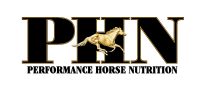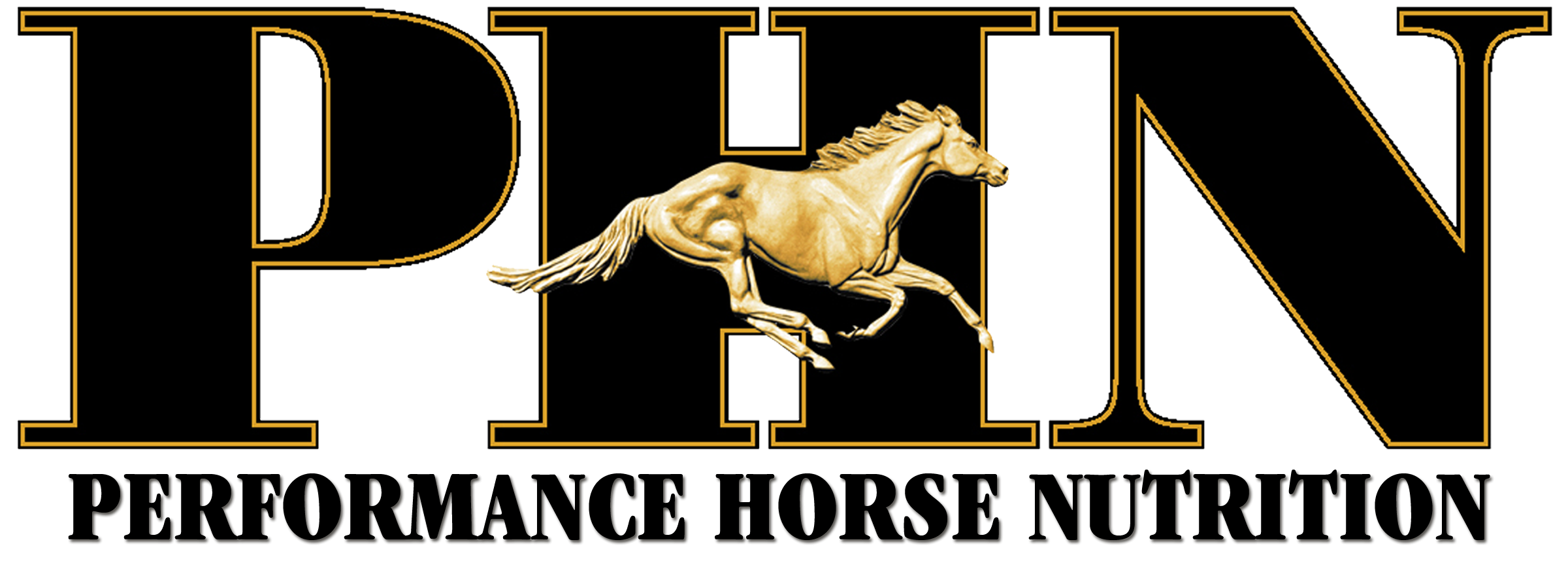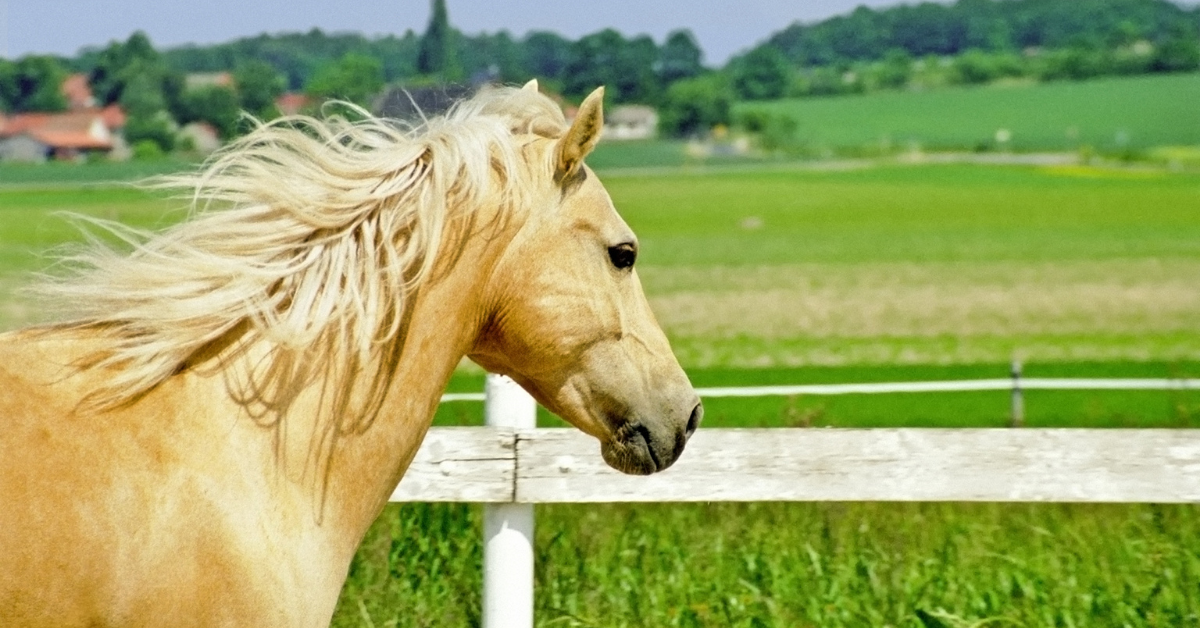FEEDING THE
QUARTER HORSE
2021

Written by Performance Horse Nutrition
Feeding the Quarter Horse presents the owner with a series of challenges. Figuring out what to feed and how much to feed are the major challenges. These challenges are not unique to properly feeding Quarter Horses since feeding any breed of horse will present similar challenges. It is often thought that feeding different breeds of horses such as Quarter Horses, Warmbloods, Thoroughbreds and Arabrians requires a vastly different dietary program. Instead, it is more accurate to think of horses as individuals rather than simply as a member of a breed. This is evident in the fact that certain Quarter Horses can be easy keepers or hard keepers and require different feeding programs. Similarly, Quarter Horses can vary in temperament from calm to hyper and require different feeding programs. Treating the horse as an individual, regardless of the breed of horse, is always the best approach to developing the proper feeding program.
Feeding horses does not have to be difficult, it can be done correctly in a couple of simple steps, though sometimes it feels more overwhelming than that. The first step in feeding your horse is to figure out how much food he needs. But before you know what they need, you need to figure out your horse’s body weight. This can be done by weighing them on a livestock scale, most people do not have access to livestock scales and therefore need to find more accessible methods of estimating weight. A weight tape is very useful for this and can usually be found in most feed stores. If you do not have a weight tape you can also use a simple measuring tape. Measure the heart girth, then measure the length of the horse from the point of the shoulder to the point of the buttock. Use the following equation to estimate body weight: Heart girth (cm) x Heart girth (cm) x Length (cm) divided by 11900 = Body Weight (kg). Body Condition Scoring (BCS) is also a useful tool when managing horses and in particular deciding on the right feed choice. Body condition scoring involves the palpation and visual assessment of the degree of fatness of various areas of the horse, such as: over the ribs, tail head area, neck and withers, and behind the shoulders (Henneke et al., 1983). The scoring system uses a numeric scale of 1 to 9 where 1 is emaciated and 9 is obese. Regular condition scoring of your horse will help in deciding if your horse needs to gain, lose or just maintain weight.
Now that you know their weight, you need to figure out their workload or physiological state. There are several different physiological stages the horse could be in for example; stallion (non-breeding or breeding), pregnancy (early, mid, or late gestation), lactation, or growing (foal, weanling or yearling). These are easily characterized and have specific nutritional requirements. The activity level of the horse is more difficult to discern. Many people overestimate the workload of their horse, and as a result over feed them. Overfeeding is unhealthy for your horse and your wallet! The categories of activity used are maintenance or working (light, moderate, heavy, or very heavy exercise). When evaluating activity level we must look at the amount of work. Most horses that are ridden between 0 and 4 days a week for ½ to 1 hr per ride undergoing walk, trot and some canter would be considered maintenance to light exercise in terms of feeding requirements. Overestimating or underestimating your horse’s activity level results in either fat or thin horses. This practice compromises that amount of necessary nutrients that your horse is receiving. Pick a feed that is intended for the physiologic state or exercise level of your horse and feed appropriate amounts according to label directions.
Quarter Horses are known generally to be good doers and maintain weight on a fairly low amount of feed. It is important to not over feed your Quarter Horse as they can have a tendency to become overweight easily. Like the mustang, ancestors of the Quarter Horse were free roaming wild horses in the Americas, lending to their being a hardy breed with simple nutritional requirements. The nutritional requirements we attempt to meet when feeding horses are that of water, energy, protein, vitamins and minerals.
All horses including quarter horses are grazing animals and therefore should not be limited to a specific amount of meals per day. In doing this we have seen an increase in gastric ulcers, colic etc. Horses should have access to hay or pasture all the time. Forage, which includes hay and pasture, should be the foundation for all equine feeding programs. The feed you select should complement the forage that you have available for your horse. If you have ready access to pasture and good quality hay you will generally have to feed less concentrate to reach the horse’s nutritional requirements (dependent on activity level/discipline and metabolic rate of the horse – good doer or poor doer etc). Lucerne hay has higher protein and energy than some grass hays and makes a good addition to a feeding program that needs some additional calories, e.g. moderate to very heavy exercising horses, broodmares, and growing animals.
The amount of water depends on horse size, exercise intensity and climatic conditions; it has nothing to do with breed. Likewise requirements for protein, vitamins and minerals also depend on body weight, exercise intensity and to certain degree climatic conditions. The requirements for these nutrients do not change between breeds.
Depending on the individual animal and the rider’s needs for that horse we can supply calories or energy in different forms. Energy in the form of sugars and starches (cereal grains) is a more rapid energy and in some horses will cause them to be “hot” with regard to temperament. Energy in the form of fat and fibre is considered a more slow release sustainable energy which does not alter behaviour. That being said any excess energy in the form of sugar, starch, fat or fiber can cause certain horses to become excitable and others to become fat.
The moral of the story is that all horses should be treated as individuals and should be fed according to bodyweight, condition score, activity level or physiological stage.

